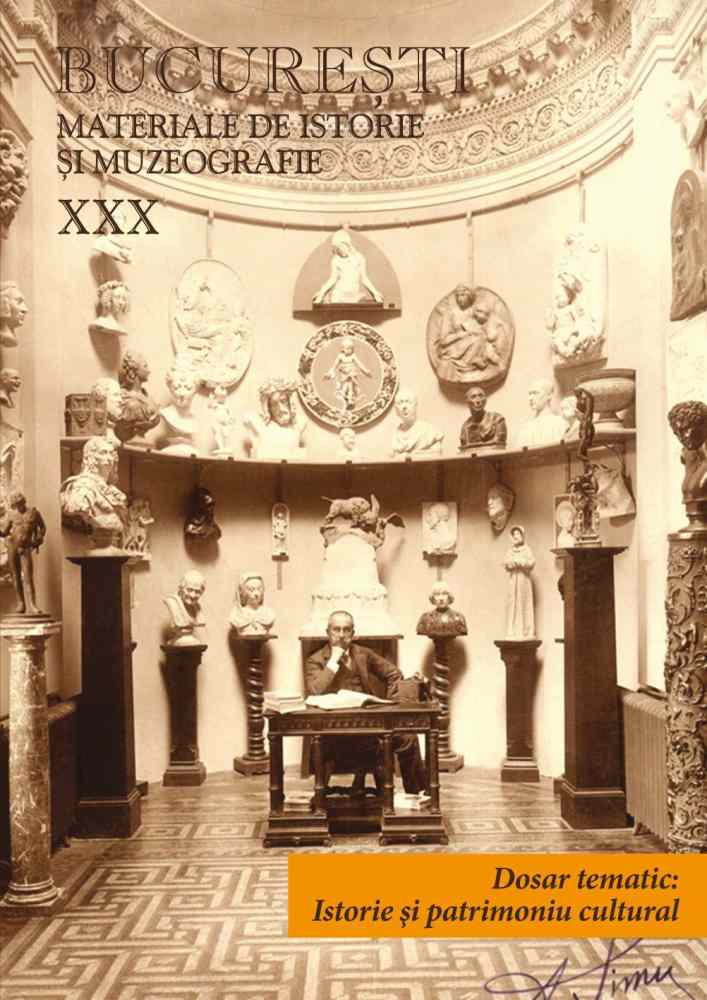
Maşini cu abur la Muzeul Tehnic
| Autori |
|
| Secţiunea |
|
| Limba de redactare | română |
| Excerpt | At the beginning of the eighteenth century, mine owners in Cornwall (United Kingdom) faced great difficulties with removing the wastewater accumulated. Standard methods of removing the wastewater by using horses, buckets and rope were slow and expensive. It was necessary to find an alternative solution. Then came the steam engine built by Thomas Newcomen that will solve this problem. Steam engines were developed and were very important in the industrial revolution. Many historians consider that the a development of the steam engines by James Watt is a milestone in human evolution and should be placed alongside the use of fire and farming. The Technial Museum ,,Prof. Ing. Dimitrie Leonida” presents an evolution of the steam engines by using functional models, as well as steam engines and steam engines parts that were used in Romania. In the „Heat” departament you can find functional models of the „aeolipile” described by Heron of Alexandria in the first century AD – which is considered to be the first steam engine in history, a model of Thomas Newcomen’s 1712 steam engine – which was the first industry used steam engine, the model of James Watt’s steam engine – which had an efficiency five times higher than the Thomas Newcomen steam engine and a model of Giovani Branca’s steam engine which was used in crushing ore (the forerunner of today’s steam turbines). The „Industrial Machinery” department contains the 1853 cylinder from the Assan Mill (the first steam mill in Romania), the 1880 „Oerlikon” semi car which drove the dynamo from „Expozitia de la Sosea”, the 1884 H. Brule & Cie steam engine which drove the Edison dynamo from the National Theater in Bucharest, the 1888 ,,Weise & Monski Halle” steam engine which ran a coin stamping press from the National Bank of Romania, the 1893 Swiderski Leipzig from the Grozavesti Plant which drove a DC dynamo at 600V and 86 Amps. A very interesting item in the Technical Musem is the hot air engine which was built around 1870 using the designs of American engineer Rieder – used in a printing workshop. This engine is part of the so-called family of type Stirling engines which, although the thermal energy source can be not only fuel burning but also solar or nuclear energy, is typically classified in the category of external combustion engines. A Stirling engine works by using an external heat source and a heat sink, each of these being maintained in a predetermined temperature range and at a sufficiently large temperature difference. We have reviewed only a few of the steam engines in the Technical Museum heritage. These are unique in Romania and they represent the evidence of technological progress in the Romanian economy. |
| Paginaţia | |< << 62-75 >> >| |
| Descarcă fişierul | |
| Titlul volumului de apariție | |
| Editura | Publicat de: Muzeul Municipiului Bucureşti |
| Loc publicare | Bucureşti |




